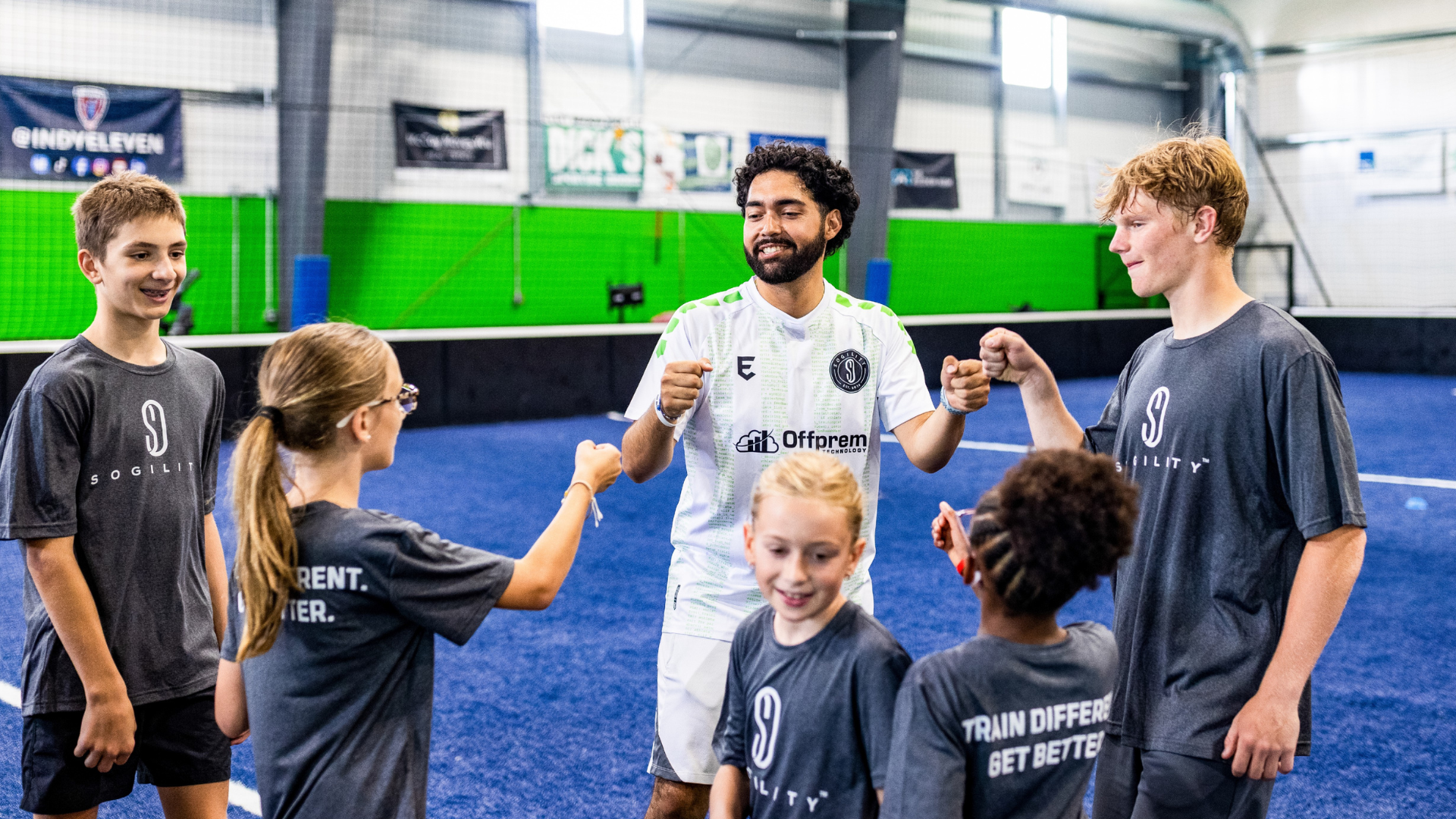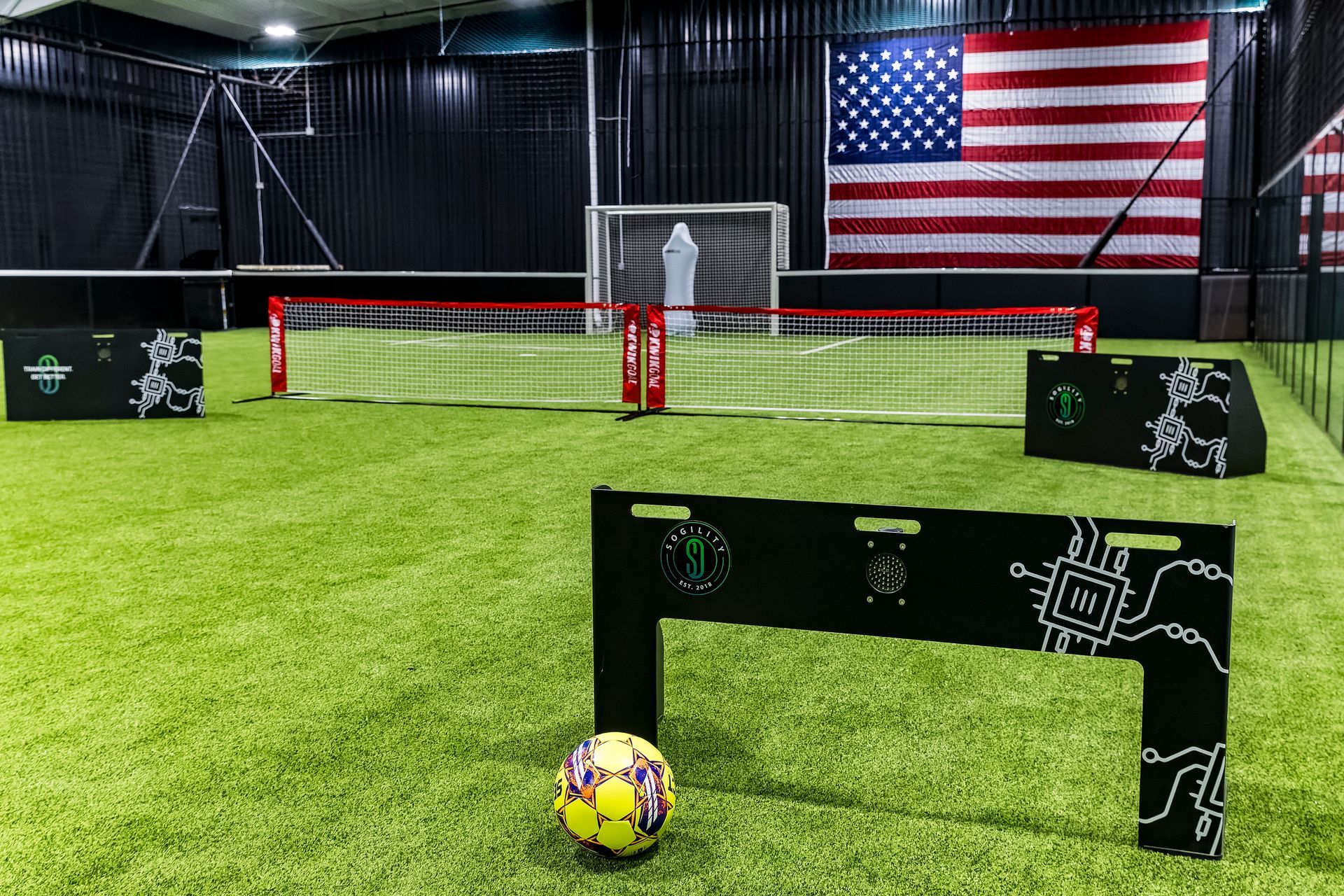December 8, 2022
Why Is Soccer The Fastest Growing Sport In The US?
Telemundo Deportes released a report that had soccer as the fastest-growing sport in the United States. This poll was done by Gallup Sports between December 2012 and April 2019. Given the United States Men’s National Team’s (USMNT) recent success at the 2022 World Cup, the numbers could continue to climb.
The numbers
The numbers show soccer has increased by 52 percent. Other sports that increased include hockey by 46 percent, basketball by 27 percent and baseball by 7 percent. The abundance of soccer on TV is a critical factor in the success of the sport in the U.S. Almost every league on the planet can be found on TV and streaming services in the U.S., including the men’s and women’s professional soccer leagues, college soccer, and our own domestic leagues. Only six days, or more than 4,600 matches, were not televised in the U.S. in 2021.
The MLS influence
The league’s expansion will give it a national presence and make it easier to obtain television rights, both of which will contribute to the sport’s increasing popularity. Some notable players who were drawn to the MLS include David Beckham, Zlatan Ibrahimovic, Thierry Henry, Wayne Rooney, Kaka, Andrea Pirlo, Frank Lampard, David Villa, Didier Drogba, Bastian Schweinsteiger, Javier ‘Chicharito’ Hernández, Gonzalo Higuain, and Gareth Bale. In order to highlight this potential, Major League Soccer and Apple announced a deal worth $250 million. For the next ten years, it will give fans around the world more access to the league because every game will be broadcast on Apple TV. The MLS must be credited for the increase in soccer supporters in the U.S.
A world game
Any year there is a World Cup, soccer viewership around the U.S. is bound to rise significantly since the tournament will feature them this year. The USMNT was ridiculed for the past four years for missing out on the 2018 World Cup in Russia. According to FIFA, 3.57 billion people watched the 2018 World Cup in Russia, which more than half of humanity watched. The USMNT vs England match was the most-watched men’s soccer match on U.S. English television ever, with 15,377,000 viewers
, per Fox Sports PR. That record will undoubtedly be broken in 2026 when the World Cup will return to North America with a larger field of 48 teams and USMNT with an automatic bid. This generation of USMNT players has been said as the “golden generation” in U.S. men’s soccer. As they continue to rise, so does the fastest-growing sport in the U.S.
For more information on what is helping soccer become one of the fastest-growing sports in the U.S. visit Sogility.net or click this link.
The post Why Is Soccer The Fastest Growing Sport In The US?
appeared first on Sogility.

At Sogility, our trainers are more than coaches, they’re mentors, motivators, and role models who help athletes discover their potential. This month, we’re excited to spotlight one of our dedicated Sogility Westfield trainers: Allan Ramirez. A Unique Soccer Journey Allan’s soccer story begins in Mexico City, where he was born and developed an early passion for the game. Unlike many players who rise through traditional youth club systems, Allan’s path looked very different. He only played one year of high school soccer and never played travel or club soccer growing up. Instead, he sharpened his skills in local adult leagues at a young age. His determination and love for the sport propelled him forward, eventually leading him to play semi-pro for multiple seasons and earn opportunities to try out for professional clubs. Allan’s unconventional path is proof that there is no single way to pursue the game, and that passion can take you far.

Holiday breaks can disrupt a player’s rhythm, but they can also be the perfect time to reset, refocus, and make meaningful progress. With the right approach, players can return to winter training sharper, stronger, and more confident—without sacrificing time with friends and family. At Sogility, we believe the holiday period is one of the most underrated training windows of the year. Here’s how to make the most of it. 1. Schedule Quick, Efficient Sessions Training during the holidays doesn’t need to feel overwhelming. Short, intentional sessions are not only easier to fit into a busy schedule, they’re incredibly effective for skill retention. Try aiming for: 3–4 sessions per week 20–30 minutes each Focused work on technique, speed of play, and ball familiarity These bite-sized sessions help maintain sharpness without burning players out. A few minutes of ball mastery or first-touch work done consistently over the break can have a huge impact once formal training resumes. Pro Tip: Pair a quick technical session with a simple fitness component—such as sprints, agility ladders, or core work—to stay game-ready as you enjoy holiday meals and downtime. 2. Take Advantage of Indoor Time Winter weather isn’t always friendly to outdoor training, but the holidays provide excellent opportunities to get creative indoors. You don’t need a full field to develop high-level skills—just a ball and a small space. Great indoor activities include: Focused work on technique, speed of play, and ball familiarityBall mastery (toe taps, inside–outside touches, sole rolls) Footwork ladders or cone patterns to develop agility Quick wall passes to improve first-touch and reaction speed Target passing using laundry baskets, tape squares, or furniture as safe targets Indoor training is especially helpful for developing control, coordination, and quick feet, skills that translate directly to better performance in small-sided play and high-pressure moments. Bonus Idea: Parents and siblings can join in, turning quick sessions into fun family challenges. This keeps training lighthearted and enjoyable during the holiday season. 3. Keep It Fun The holidays are a time to relax, recharge, and reconnect with the joy of playing soccer. Keeping training fun during the break helps players stay motivated and rediscover their creativity. Try adding: Trick-shot or accuracy competitions 1v1 games with friends or siblings Freestyle or juggling challenges Fun play builds confidence and improves problem-solving skills on the field—the type of creativity coaches love to see. Remember: When players enjoy the game, their technical development accelerates naturally. 4. Use Technology to Track Progress One of the biggest advantages of holiday break training is the ability to measure improvement in a short window of time. At Sogility, our tech-enhanced training stations are built for exactly this. With these tools, holiday break doesn’t just maintain your level, it elevates it. Players return to team training with sharper touches, quicker reactions, and increased confidence. Holiday Advantage: Most players slow down during winter break. Using tech-enhanced training gives you a competitive edge heading into winter and spring seasons. Final Thoughts: Make the Holidays Your Growth Season The holiday break is a valuable opportunity, not a setback. With short, targeted sessions, indoor creativity, fun-focused play, and Sogility’s training technology, players can make meaningful progress while still enjoying the season. Final Thought Whether you’re preparing for tryouts, winter league, or spring soccer, staying active during the holidays ensures you return with momentum, not rust.

All You Need in the Game: Master Essential Skills for Better Performance At Sogility, we know that mastering the essential skills of soccer requires more than just physical fitness — it demands speed, precision, sharp decision-making, and mental toughness. That’s why we offer Circuit Training , a revolutionary program that combines cutting-edge technology with innovative drills to prepare players for the fast-paced, high-pressure challenges of real-game play.
